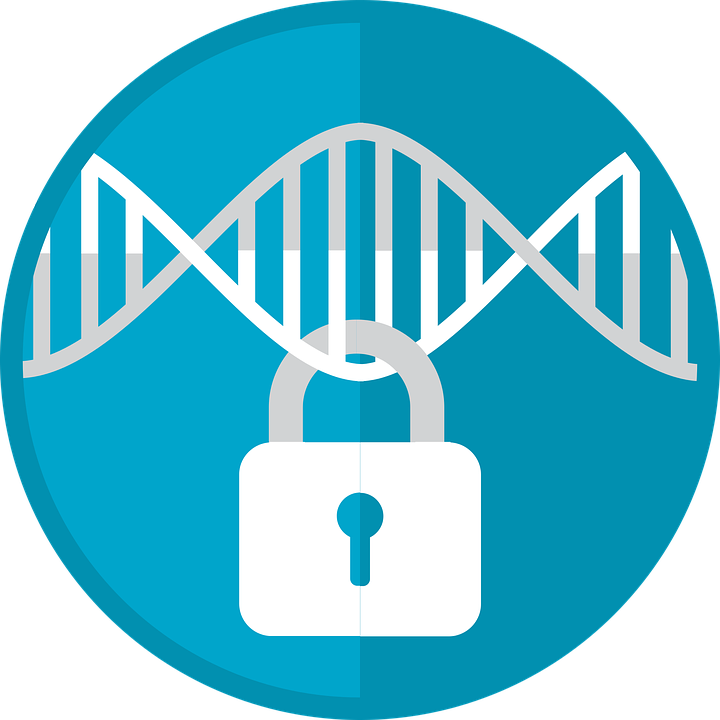Don’t Buy California’s Callous Attempt to Ignore People’s DNA Privacy Rights, EFF Tells Court
By Karen Gullo,
Electronic Frontier Foundation [cites CGS and Pete Shanks]
| 03. 29. 2019
Analyzing and indefinitely keeping the DNA profiles of thousands of Californians arrested for felonies, but never charged with a crime, is not just an ominously overbroad practice by law enforcement—it’s an invasion of privacy that violates the state’s constitution. Last year EFF and our co-counsel Michael Risher filed a lawsuit against California challenging its DNA retention and search practices on behalf of the Center for Genetics and Society, the Equal Justice Society, and an individual plaintiff, writer and editor Pete Shanks.
Attorneys for the state responded to the case by telling a judge there’s no basis for it, no law is being broken, and it should be dismissed. This is simply wrong. We asked the judge this week to reject the state’s callous indifference to the privacy rights of Californians and its attempt to sweep its conduct under the rug.
DNA can reveal a vast array of highly private information, including family relationships, ethnicity, physical characteristics, illnesses, and genetic traits. People have a right to expect that this information will remain private and out of the hands...
Related Articles
By Josie Ensor, The Times | 12.09.2025
A fertility start-up that promises to screen embryos to give would-be parents their “best baby” has come under fire for a “misuse of science”.
Nucleus Genomics describes its mission as “IVF for genetic optimisation”, offering advanced embryo testing that allows...
By Hannah Devlin, The Guardian | 12.06.2025
Couples undergoing IVF in the UK are exploiting an apparent legal loophole to rank their embryos based on genetic predictions of IQ, height and health, the Guardian has learned.
The controversial screening technique, which scores embryos based on their DNA...
By Frankie Fattorini, Pharmaceutical Technology | 12.02.2025
Próspera, a charter city on Roatán island in Honduras, hosts two biotechs working to combat ageing through gene therapy, as the organisation behind the city advertises its “flexible” regulatory jurisdiction to attract more developers.
In 2021, Minicircle set up a...
By Vardit Ravitsky, The Hastings Center | 12.04.2025
Embryo testing is advancing fast—but how far is too far? How and where do we draw the line between preventing disease and selecting for “desirable” traits? What are the ethical implications for parents, children, clinicians, and society at large? These...




